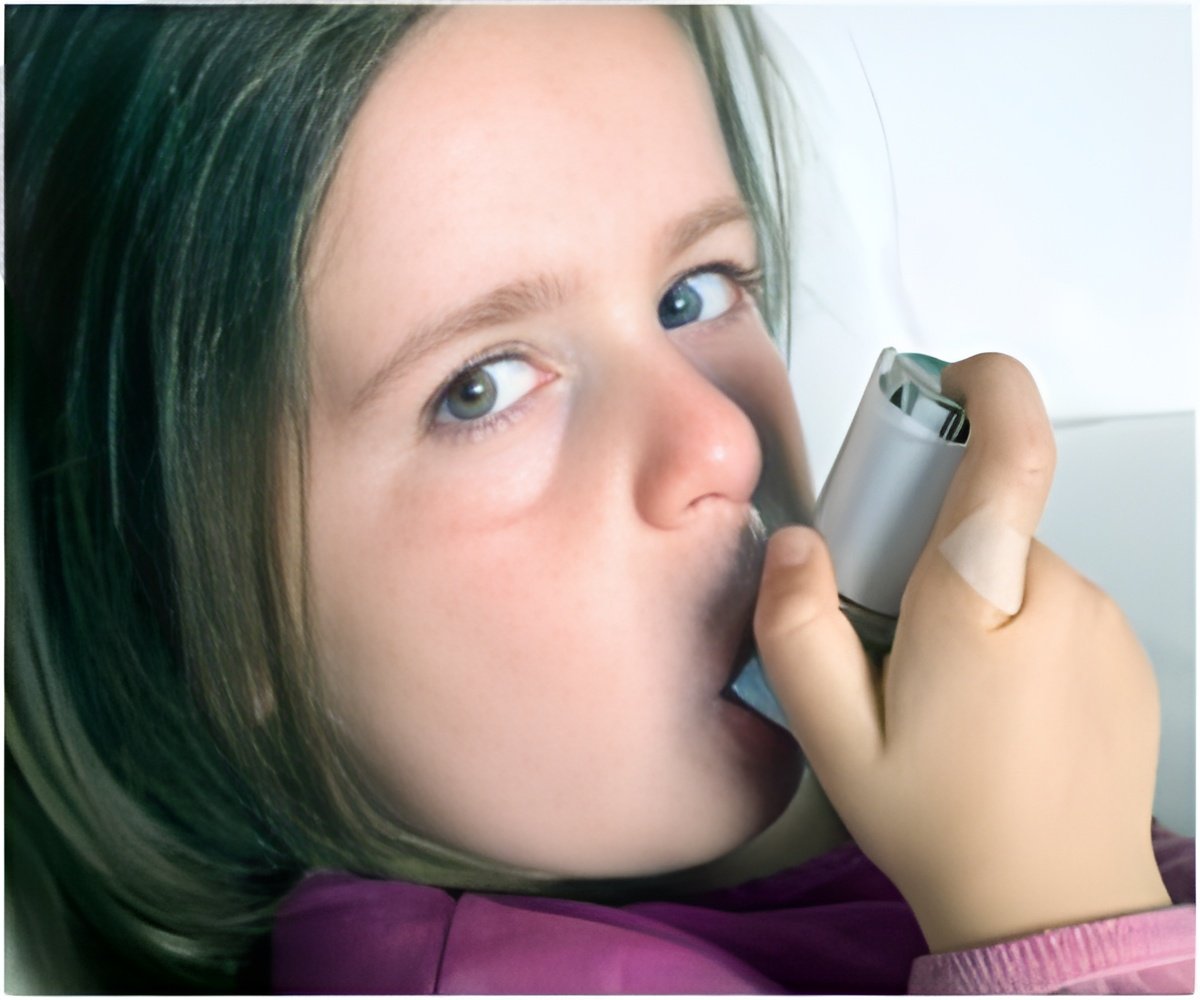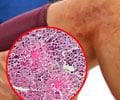The European Respiratory Society and the American Thoracic Society have come out with a new guideline that updates the definition of severe asthma.

The guideline defines severe asthma as "asthma which requires treatment with high dose inhaled corticosteroids (ICS) plus a second controller (long acting β2 agonist (LABA), leukotriene modifier, theophylline or systemic corticosteroids) to prevent it from becoming uncontrolled or which remains uncontrolled despite this therapy."
The definition is intended to help doctors to confirm a diagnosis of severe asthma and address associated factors that could be making asthma difficult to treat.
The guideline provides a detailed discussion of the classification (phenotyping) of patients with severe asthma as evidence suggests that severe asthma affects people in different ways.
Recent research has started to group severe asthma into different types (or phenotypes) based on clinical and certain biological features of the condition. These findings can help researchers develop targeted treatments for this group of people whose asthma remains difficult to treat despite taking the recommended therapies. The guideline encourages continuing research into phenotyping severe asthma and finding more effective treatments aimed particularly at specific phenotypes of severe asthma.
The document has produced recommendations using the GRADE (Grading of Recommendations, Assessment, Development and Evaluation) method on the evaluation and treatment of severe asthma. Recommendations were made on five treatments that have been used or proposed for use in severe asthma namely anti-IgE treatment, methotrexate, anti-fungal treatment, macrolide antibiotics and bronchial thermoplasty.
Advertisement
Guy Brusselle, Guidelines Director for the European Respiratory Society, said: "Although severe asthma cases are a relatively smaller proportion of all asthma cases, people with this condition can experience breathlessness all the time, as well as frequent and severe asthma attacks, requiring hospitalisation. This seriously impairs quality of life for an individual and represents a huge financial burden for society. These new guidelines provide recommendations for an approach to diagnose and treat the condition and it's our responsibility to now ensure they are implemented for the benefit of patients."
Advertisement
Source-Eurekalert













